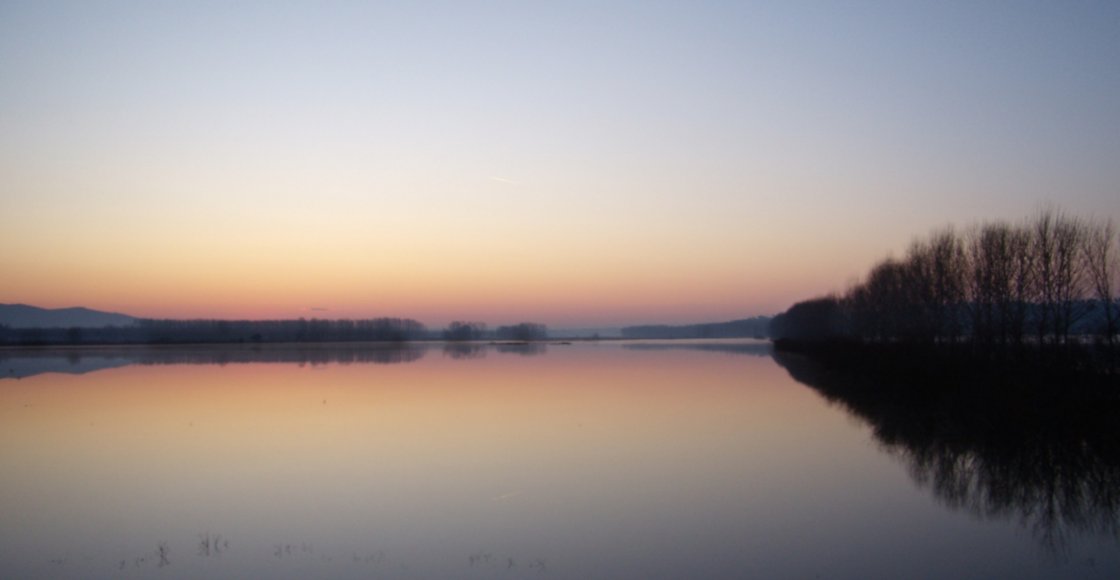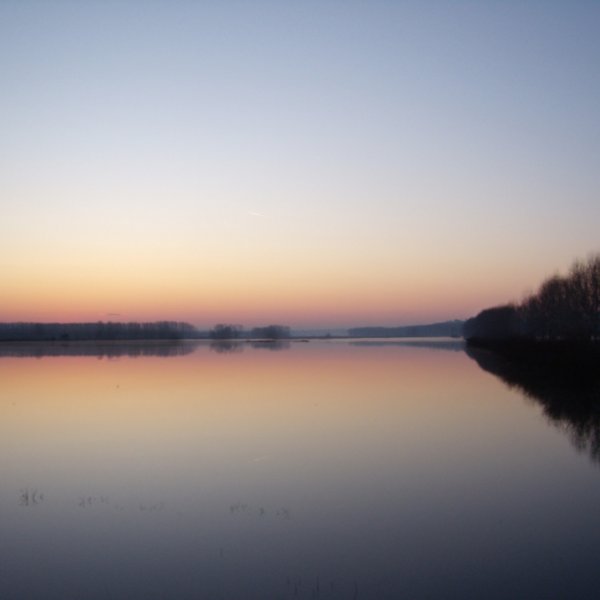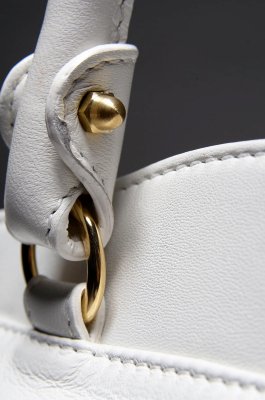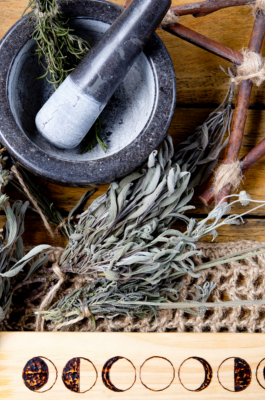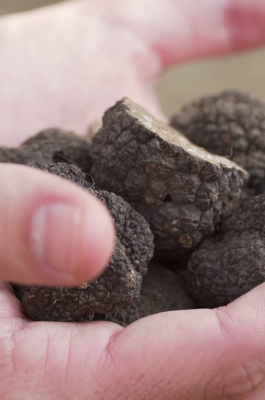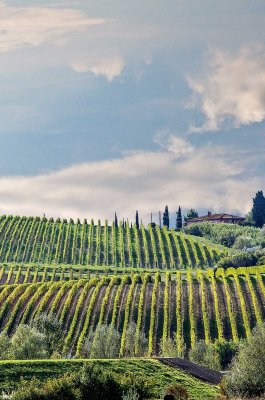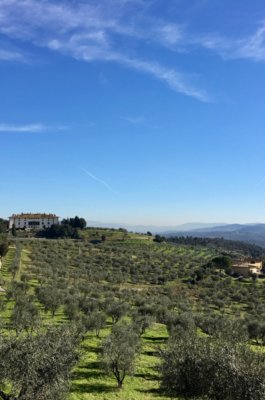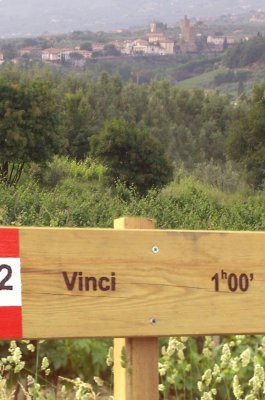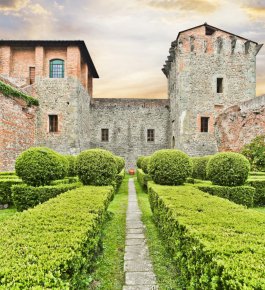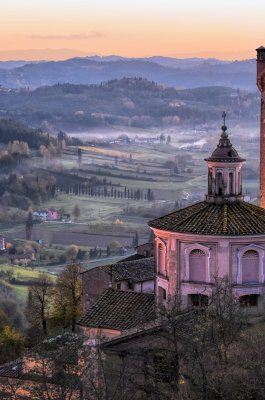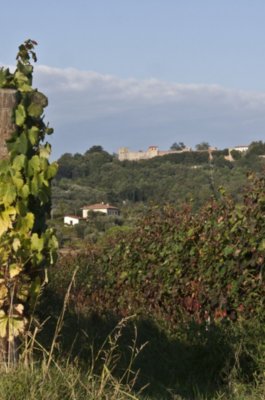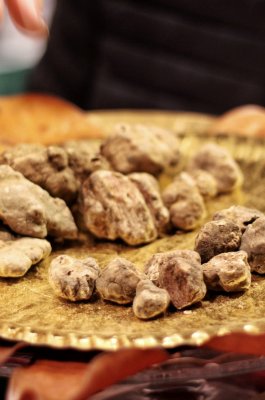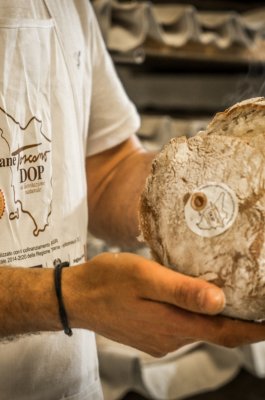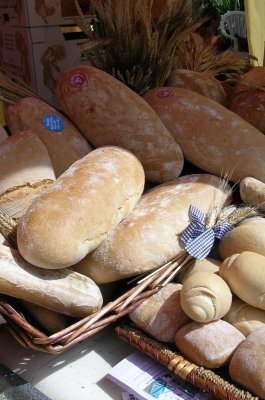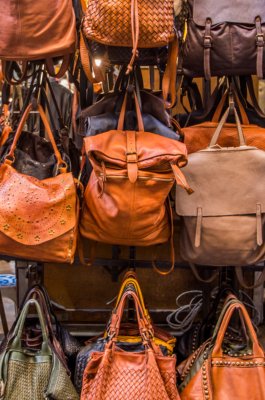Along Stage 29 of the Via Francigena, the evocative “water variant” departs from Altopascio, an alternative route immersed in the wetlands of the Padule di Fucecchio (Fucecchio Marsh), among canals, aquatic vegetation and atmospheres suspended in time. This itinerary runs along Ponte Buggianese and into the largest inland marsh in Italy, a paradise for birdwatchers and nature lovers. Here, it is possible to walk, bike, horse ride or even sail aboard traditional barchini, guided by local associations. The flat route, over 18 miles (30 kilometers) long, leads to Ponte a Cappiano, where it reconnects with the official way. An original and immersive variation, ideal for those seeking a different experience along the Via Francigena.
Sito ufficiale della Francigena Toscana ©2025
Scorri in basso per cambiare lingua
















